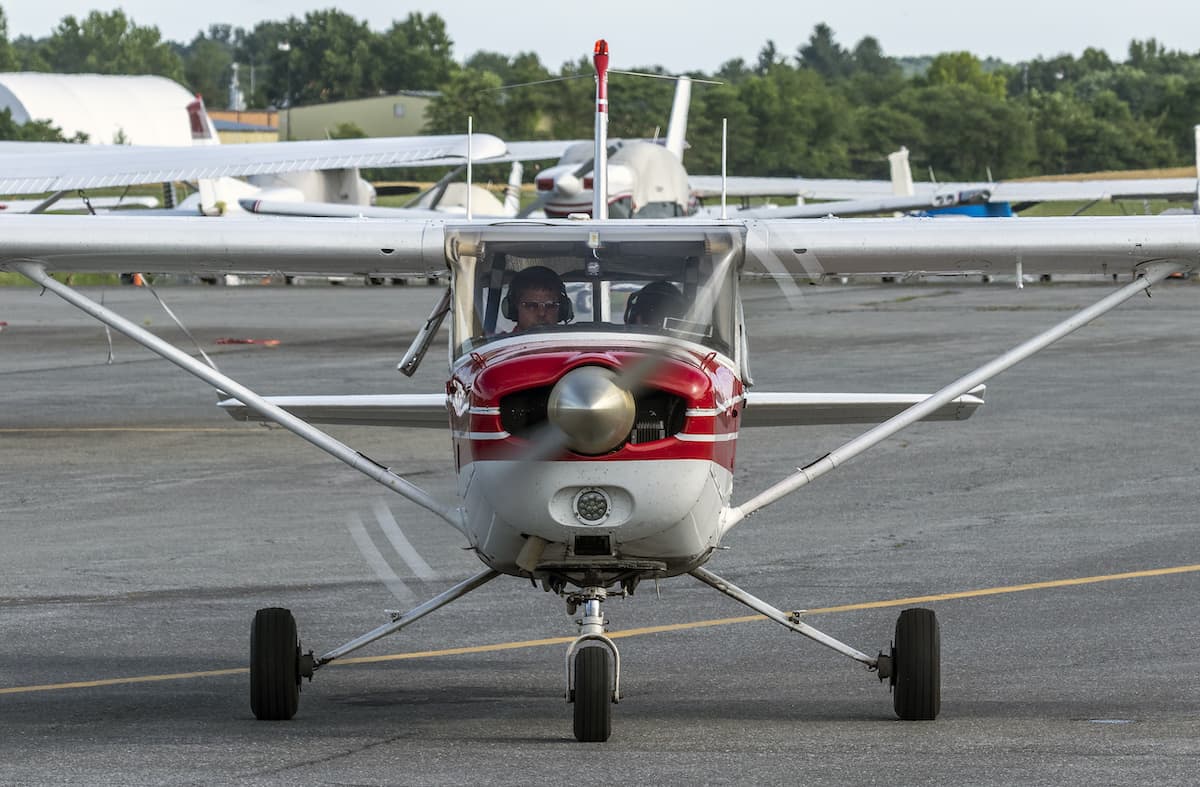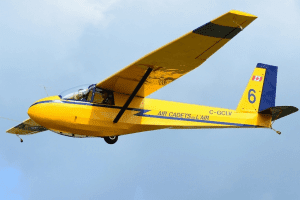There is an old joke that virtually every pilot has heard and agreed with immediately.
“How do you know there’s a pilot at your party? They’ll tell you.”
Yeah, I can admit to being guilty on that score. I’m a pilot and I’m not a bit shy about telling anyone who shows the least bit of interest.
We are a proud bunch. Deservedly so. Learning to fly isn’t easy. Learning to fly well is a lifelong challenge that never ends.
The book learning has to be ingrained into our thought processes. Added to that theoretical knowledge are the many ever-changing variables like wind, runway width, length, obstacles, and traffic, to name just a few. With each takeoff, with each landing, we refresh our desires as we simultaneously challenge our skills.
Landing that Cessna 152 or Piper PA-28 so many of us learned to fly in was one thing. Stepping up to a taildragger or a high-performance airplane with retractable gear and a constant speed prop adds a whole new dimension to our workload. It tends to ratchet up our cool factor too — at least in our own mind, if not anyone else’s.

Recently, a question popped up in the public’s hive mind that relates to those of us who fly. This question is specifically intended to be posed to the wider population though. To those who fly as passengers. People who have never found themselves in the front seats of an airplane, with controls in their hands and a panel full of instrumentation in front of them.
The question is: Do you think you could actually land an airplane in an emergency situation?
This may be the ultimate male fantasy that doesn’t involve a hotel room and a bit of creative license about why you didn’t come home last night. If the pilots of my airliner were incapacitated by a tainted fish dinner and a pot of amoeba-infested coffee, could I rush to the cockpit, slap on a headset, and bring that puppy in for a landing?
Frankly, I think the likelihood is slim. Let’s consider the reasons I might be comfortable bursting the bubble of millions of men and women who dream big.
1: What’s this switch do?
Not long ago a flight attendant asked me an interesting question. “Do pilots actually know what all those switches and levers on the flight deck do?”
Yes, we do. In fact, we’re tested on knowing what every switch, display, level, and button are for. We’re even supposed to understand the system behind that control and how it works.
Pilots study. The idea of a pilot taking off in an aircraft they don’t really understand is a true rarity — one that rarely works out in the pilot’s favor.
2: Which way to the airport?
I suspect everyone who holds a pilot certificate in their wallet has a clear memory of at least one time while in primary training when their instructor said, “take me back to the airport.” It was then, in that moment, we realized we had no idea where the airport was.
Unlike in the movies where we see airplanes on final approach with a big, straight, well-lit runway laid out before us, in real life airports aren’t all that easy to spot from the air.
Unless we’re aligned with the runway, the airport doesn’t look all that airport-ish. It takes time to develop the ability to spot them and position the airplane for an approach to landing.
3: The configuration conundrum
Most light, single-engine airplanes have immovable landing gear and a fixed pitch propeller. If you can move the throttle you’ve got a good chance of controlling the airplane. Not well, but you can make things happen.
Airplanes designed to carry passengers who might be called to intervene at some point (in their imagination) tend to be a bit more complex. Reconfiguring the airplane for landing is a must. Flaps, landing gear, engine power, and control inputs that result in a stable descent are all necessary. That’s a lot of activity for someone who is sitting in the left seat for the first time.
I’m not saying it can’t be done. It can be. It has been. Passengers have indeed landed an airplane after their pilot has become incapacitated. It’s rare, though.

My slightly mirthful point is that most of the people who are fantasizing about the heroic moment when they save hundreds of panicked passengers by sliding that Airbus or Boeing transport onto the runway with style and grace are pretty much dreaming. Their 15 minutes of fame will have to come from somewhere else.
This all comes to mind today because I recently saw a post in my social media feed that asked the very question that led to the creation of this column. To refresh your memory that question was: “Do you think you could actually land an airplane in an emergency situation?”
My answer is simple enough. Yes. I’ve been landing airplanes for decades now. And while I’m not type rated in the A350 or the B-777, I’ve flown the sims and have reasonable confidence I could find a way to use the resources available to me and get that thing back on the ground. I imagine they might be able to use the airplane again, too. Then again, I might be the guy who overheats the brakes on rollout.
The most entertaining and sincere comment on that thread came from the original poster. He asked what his odds of success might be if he and I flew for an hour first so he could practice.
If only it were so. Imagine a world where student pilots with no ground school experience and only one hour of flight time could solo with confidence. That would be amazing.
Be proud, pilot. The 99.8% of the population who have never sat in your seat have no idea how much skill and knowledge is contained in your head and hands.
But we know. And maybe that’s enough.




